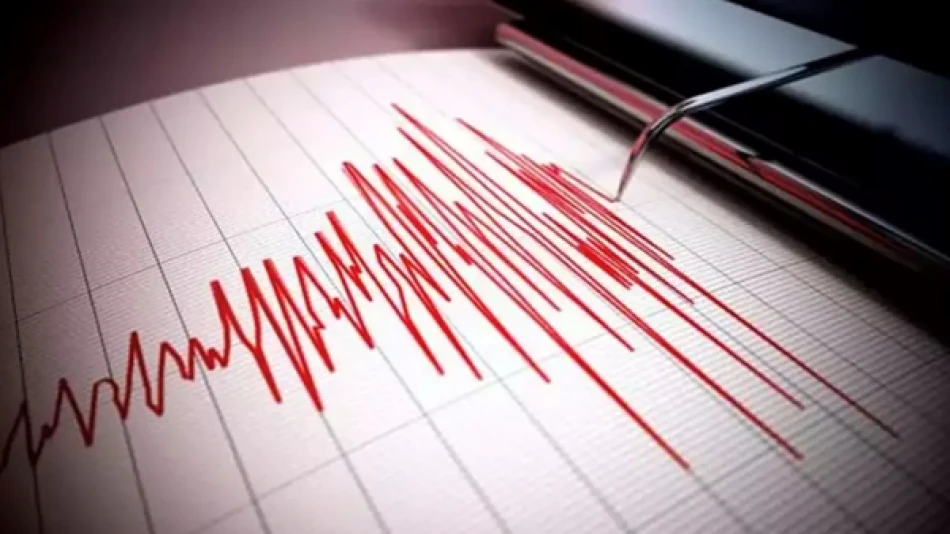
Powerful Earthquake Rocks North Island, New Zealand, Causing Concern and Disruption
New Zealand's North Island Hit by Moderate 4.9 Earthquake, No Major Damage Reported
A magnitude 4.9 earthquake struck New Zealand's lower North Island on Wednesday evening, centered near the Hawke's Bay region south of Hastings. While classified as moderate by the country's geological agency, the tremor was felt by approximately 6,000 residents who reported the event online, highlighting New Zealand's continued seismic activity along one of the world's most geologically active zones.
Earthquake Details and Impact
The earthquake occurred just before 6 PM local time, with its epicenter located 20 kilometers (12 miles) south of Hastings in the Hawke's Bay area. According to GeoNet, New Zealand's geological monitoring agency, the quake originated at a depth of 30 kilometers (19 miles) beneath the surface.
Despite being felt across a wide area of the lower North Island, no immediate reports of damage or injuries emerged. The relatively deep focus of the earthquake likely contributed to reducing its surface impact, though the substantial number of people who felt and reported the tremor indicates its significant reach across populated areas.
New Zealand's Seismic Reality
This latest earthquake underscores New Zealand's position on the volatile Pacific Ring of Fire, where the Pacific and Australian tectonic plates meet. The country experiences thousands of earthquakes annually, with most going unnoticed by residents. However, earthquakes of magnitude 4.9 serve as regular reminders of the underlying geological forces at work.
Historical Context
The Hawke's Bay region has experienced significant seismic events throughout its history, most notably the devastating 1931 Napier earthquake that measured 7.8 and killed 256 people. That disaster led to extensive rebuilding efforts and established New Zealand as a global leader in earthquake engineering and preparedness.
Economic and Infrastructure Considerations
While Wednesday's earthquake caused no apparent damage, such events carry ongoing implications for New Zealand's economy and infrastructure planning. The country has invested heavily in earthquake-resistant building codes and early warning systems following lessons learned from major disasters, including the 2010-2011 Canterbury earthquake sequence that devastated Christchurch.
The agricultural sector in Hawke's Bay, known for its wine production and farming, appears unaffected by this moderate tremor. However, regular seismic activity continues to influence insurance costs, building regulations, and long-term urban planning throughout New Zealand.
Monitoring and Preparedness
GeoNet's comprehensive monitoring network, which includes seismographs and public reporting systems, demonstrates New Zealand's sophisticated approach to earthquake preparedness. The agency's ability to quickly assess and classify earthquakes helps authorities and residents respond appropriately to seismic events.
The high number of public reports—6,000 people taking time to log their experience online—reflects both the earthquake's widespread impact and New Zealand's culture of seismic awareness, where residents actively participate in monitoring and reporting geological events.
 Layla Al Mansoori
Layla Al Mansoori







